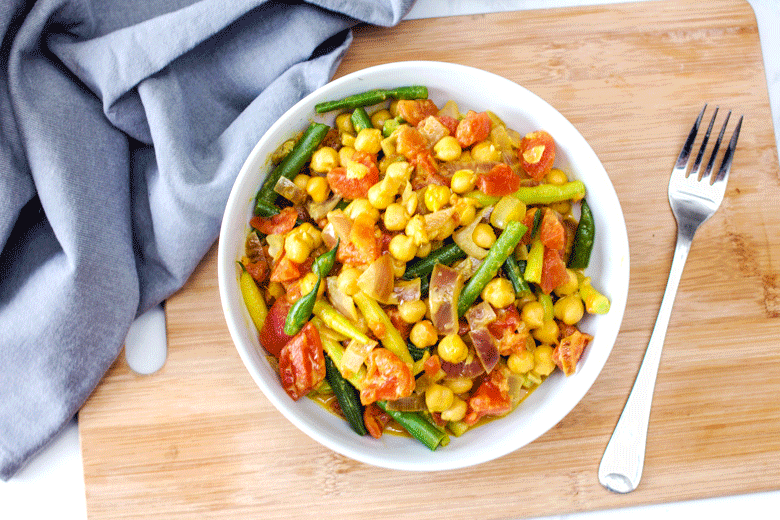
- Serves: 4
- Serving size: 100g
- Calories: 857
- Fat: 34 g
- Saturated fat: 5 g
- Unsaturated fat: 32 g
- Trans fat: 0 g
- Carbohydrates: 120 g
- Sugar: 24 g
- Sodium: 1787 mg
- Fiber: 33 g
- Protein: 32 g
- Cholesterol: 0 mg

- Chickpeas ( dried) – 450 grams ( See note)
- Bicarbonate of Soda – one tablespoon
- Tomatoes – 6 medium ( chopped)
- Onions- three medium ( finely sliced)
- Vegetable oil - 5 tablespoons
- Coriander seeds – 2 tablespoons
- Cumin seeds – one teaspoon
- Green Chillies – 3 chopped
- Chilli powder -one teaspoon
- Cinnamon – 25 mm stick (crumbled)
- Black cardamom – one
- Cloves – five
- Garam masala – two teaspoons
- Turmeric powder – one teaspoon
- Salt – one teaspoon
- Garlic/ Ginger paste = one tablespoon
- Juice of one lemon
- Cover the chickpeas with water ( bicarbonate of soda mixed in ) in a bowl and soak overnight. The chickpeas must be submerged with at least three for four inches ( 75mm to 100mm) of water above them
- The next day, drain the water that beans have been soaking in. Place the chickpeas (which will have swollen) into a colander ) .Rinse under fresh water until all traces of the baking soda have been removed.
- Place the chickpea in a bowl with fresh water, just covering them
- Toast the coriander, cumin and black cardamom in a pan over low heat until they become aromatic. Take off the heat and allow to cool
- Place these in a spice grinder and grind into a powder
- Heat the oil in a skillet
- Add the onions and fry until they start to become translucent
- Add the garlic/ ginger paste and chillies. Stir for a minute
- Now add all the spices. Fry for two to three minutes
- Add the tomatoes. Mix with the onions and spices
- Allow simmering for 15 minutes
- Now add the chickpeas, lemon juice, and the water they have been lying in
- Turn down the heat and cook slowly until the chickpeas are soft
- Serve with white rice and rotis
To make this dish more protein rich for use in a vegetarian diet 250g of paneer or other cheese can be added 5 minutes before the end of the cooking time
This recipe yields 4 portions
Keywords: Chickpea curry
Image credit: Marco Verch Professional Photographer / CC BY 2.0 / via Flicker

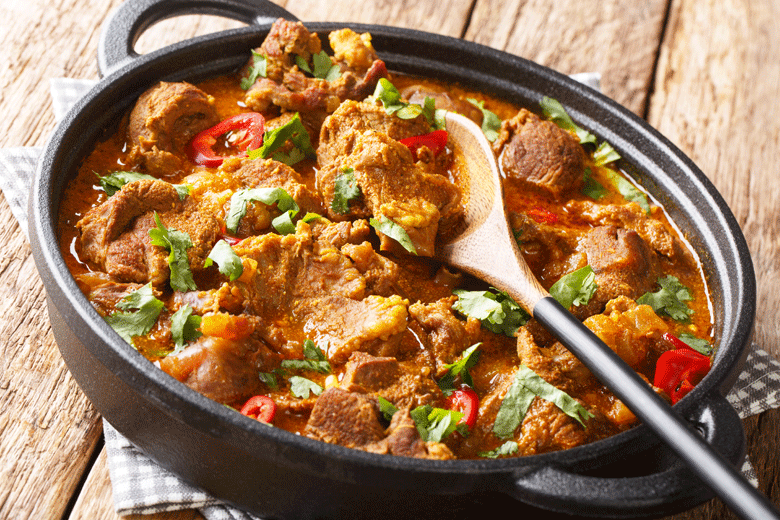

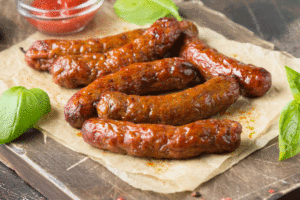


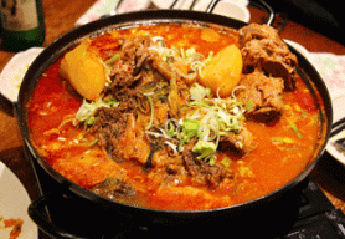


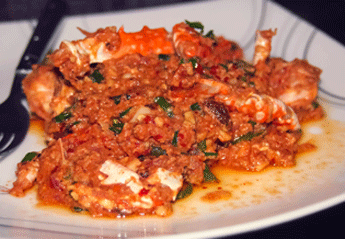




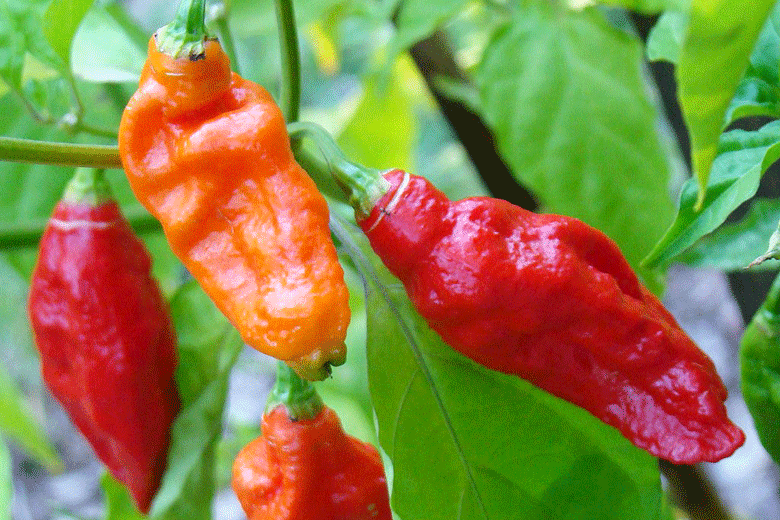
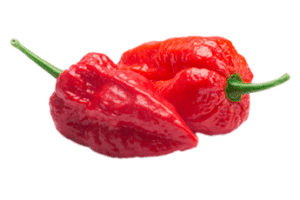 Records
Records

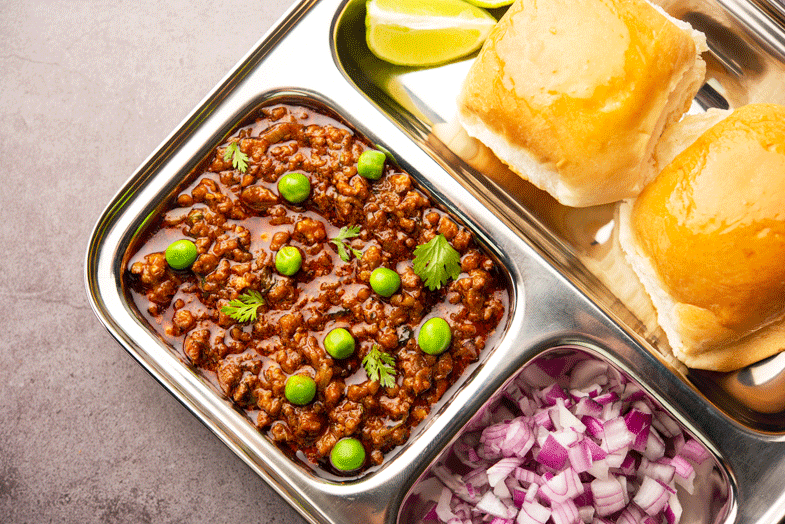 Popular street food
Popular street food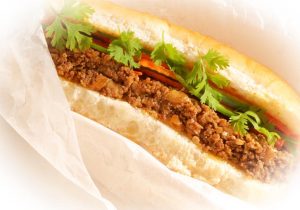
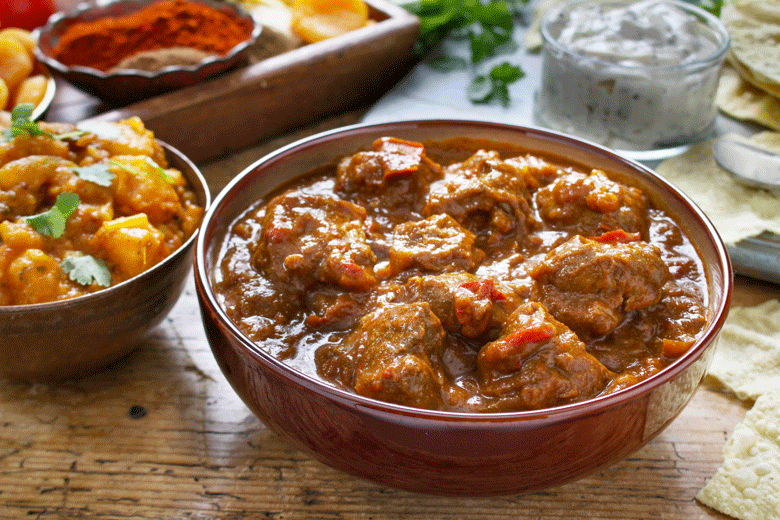
 were known for their lavish and flavourful
were known for their lavish and flavourful